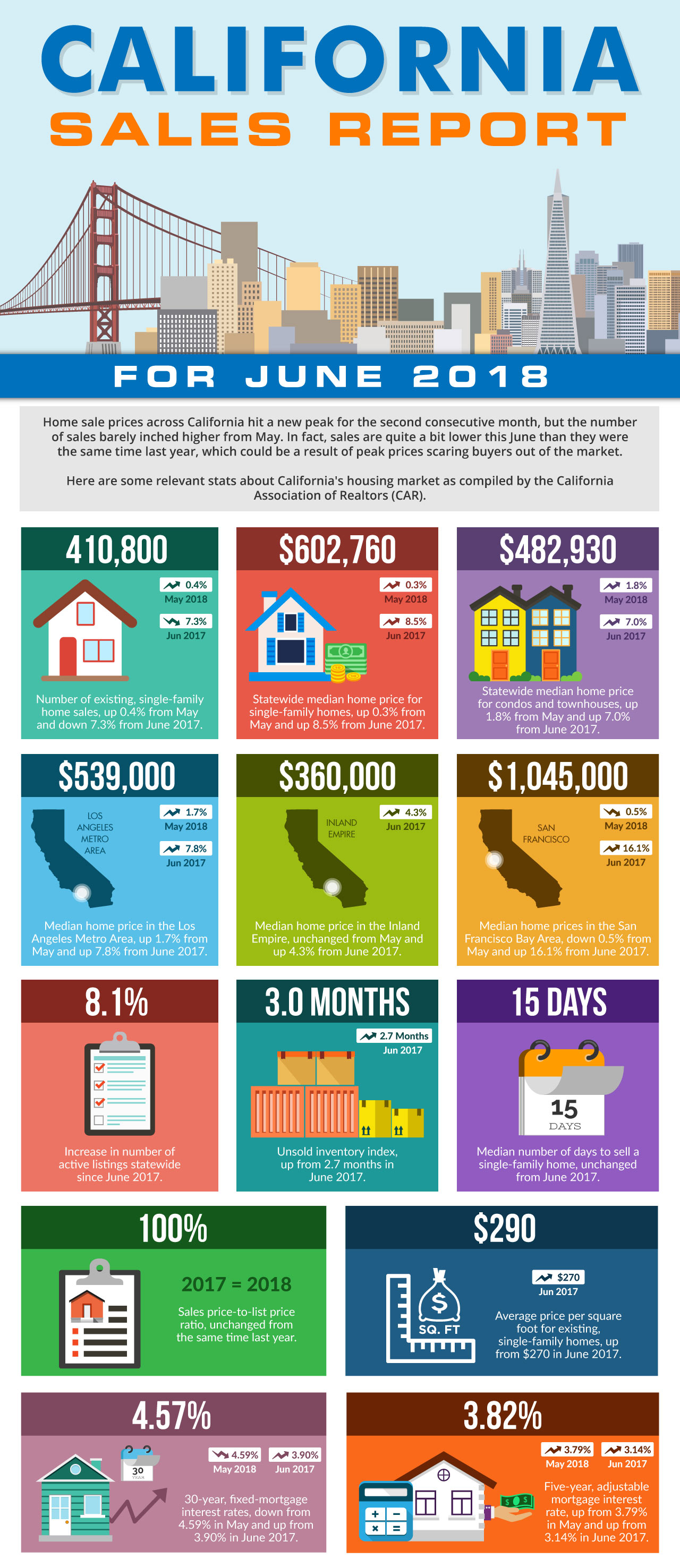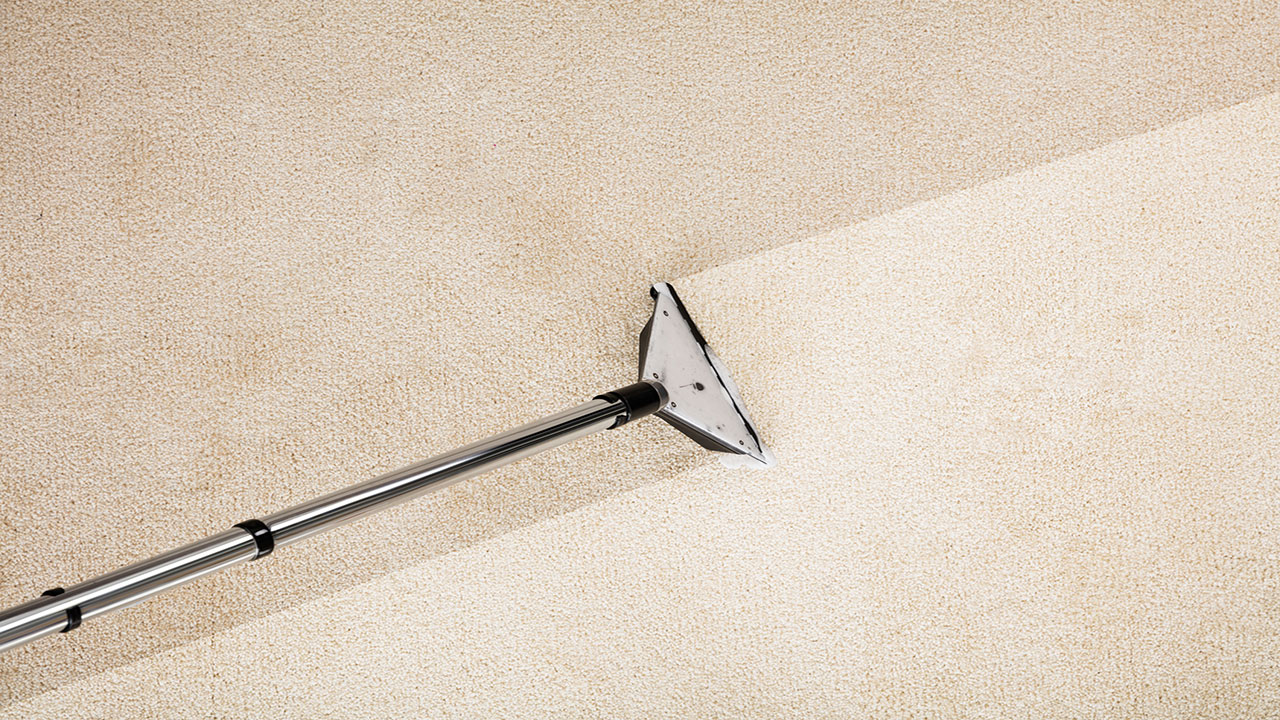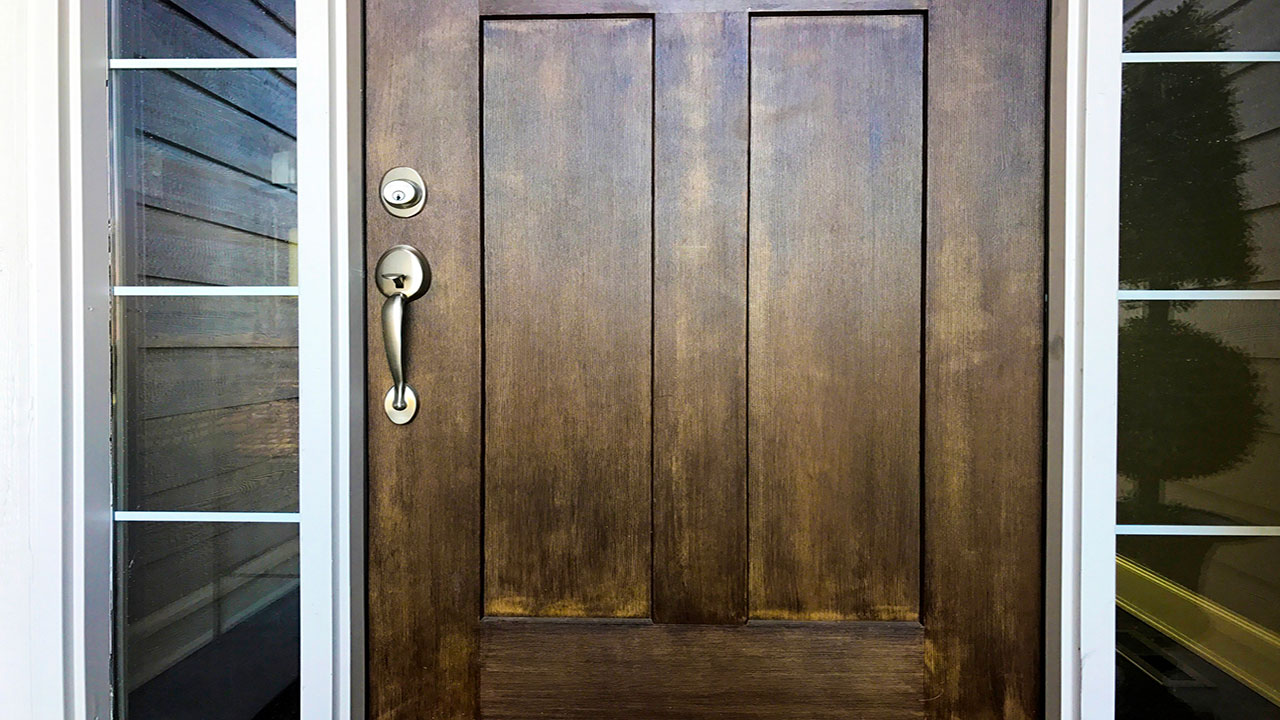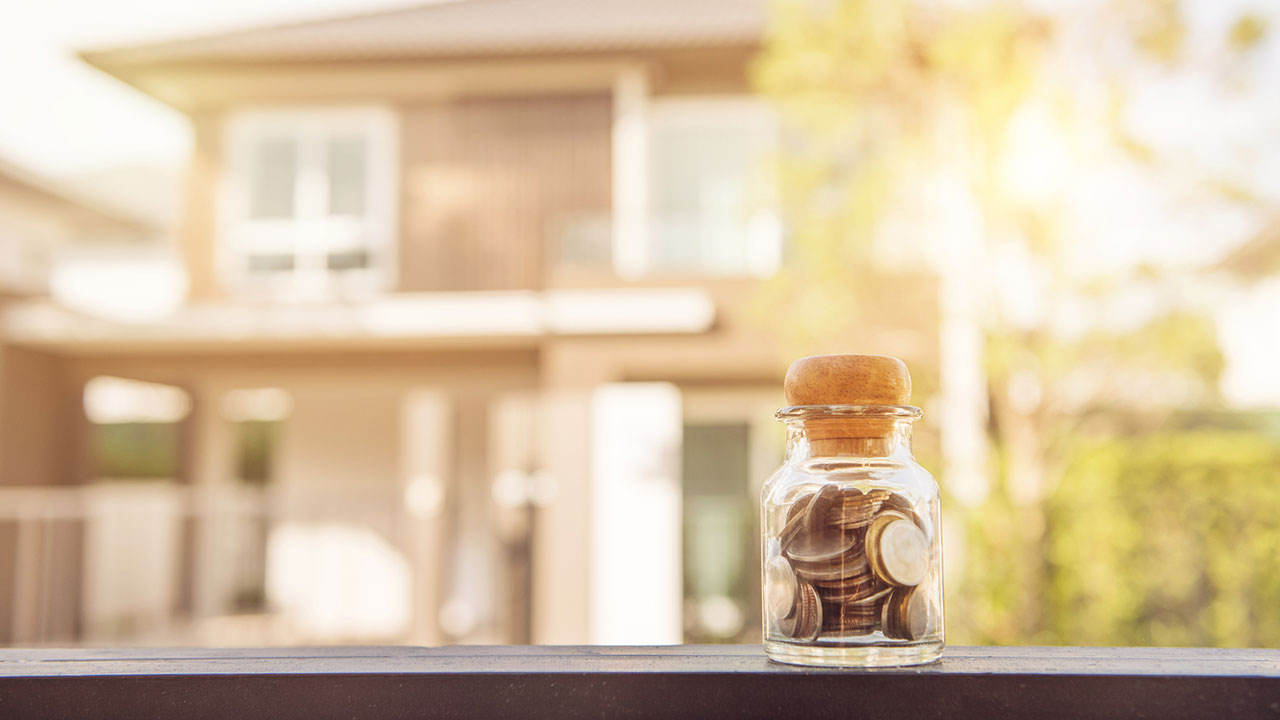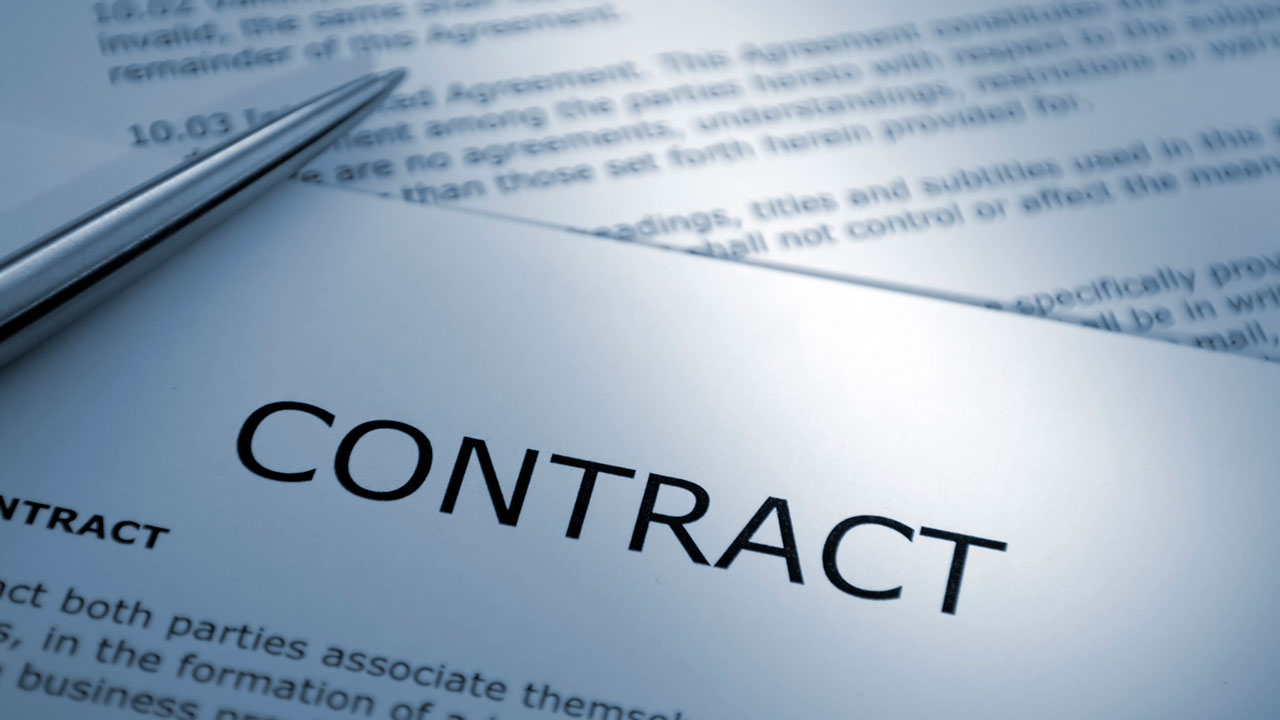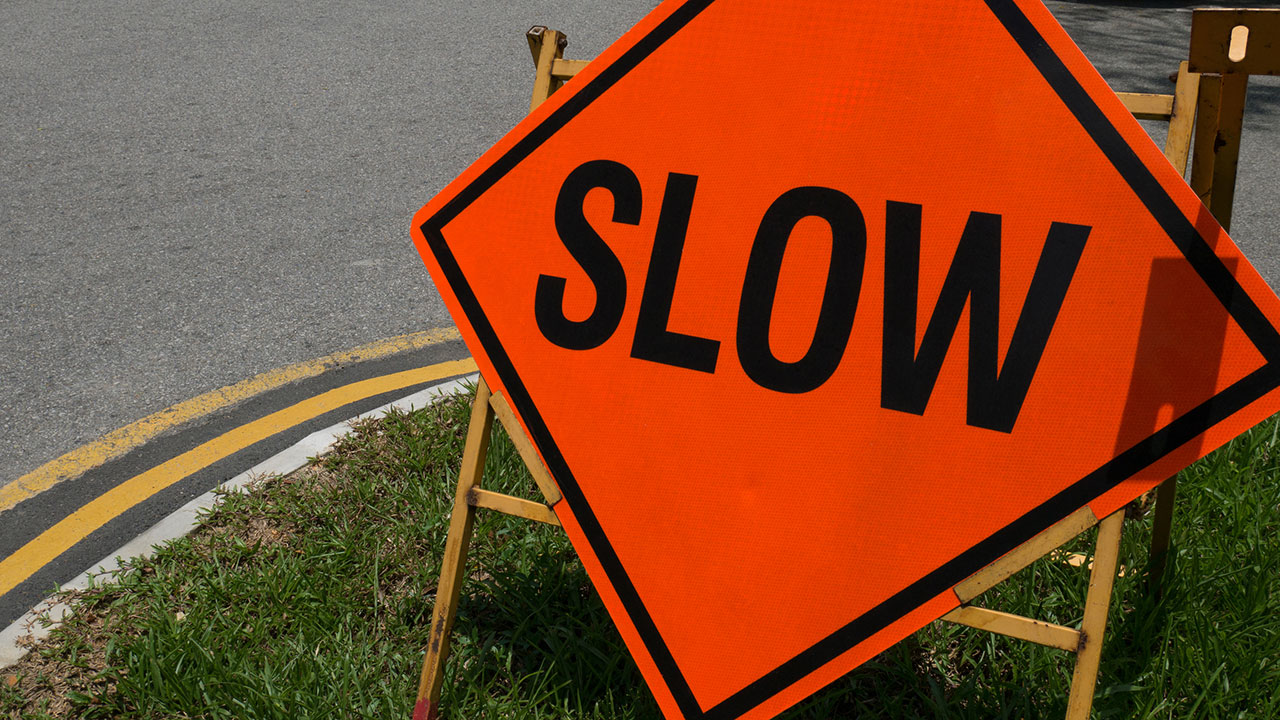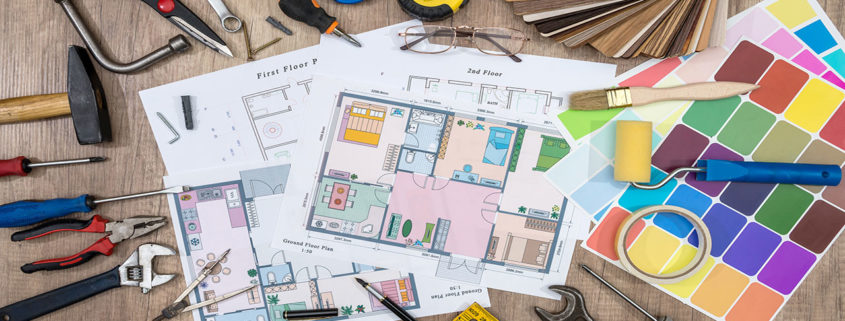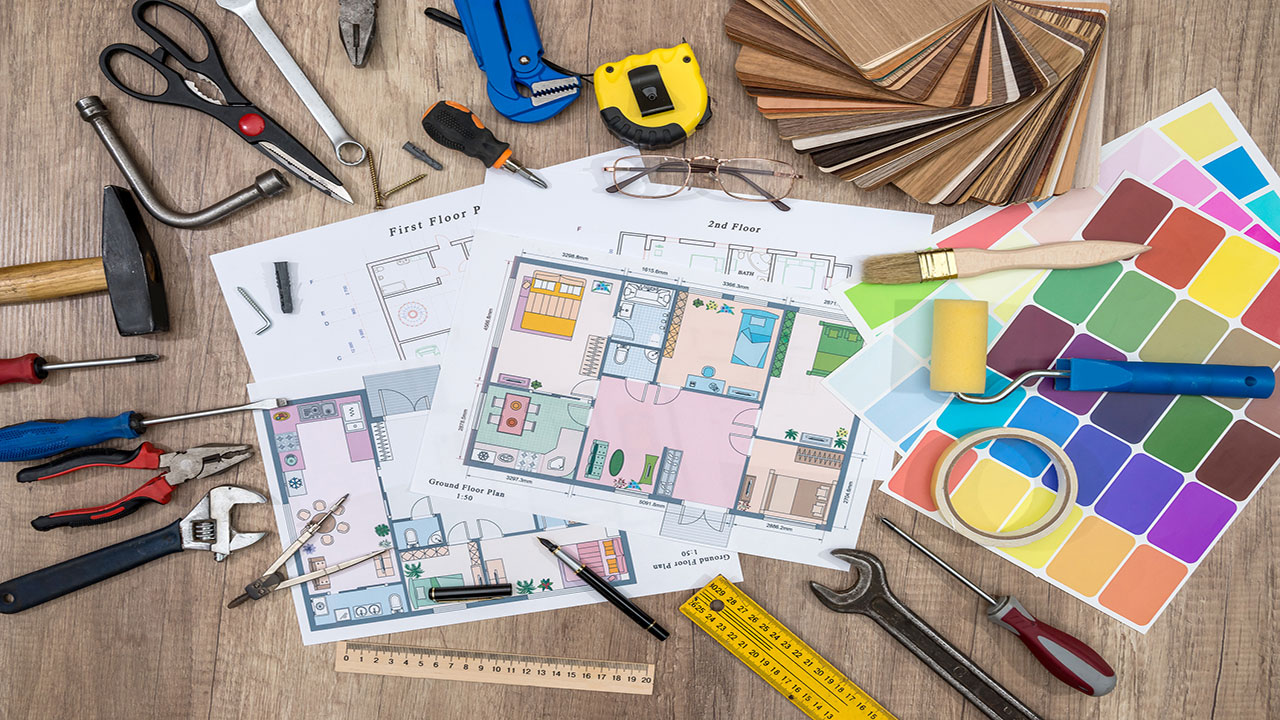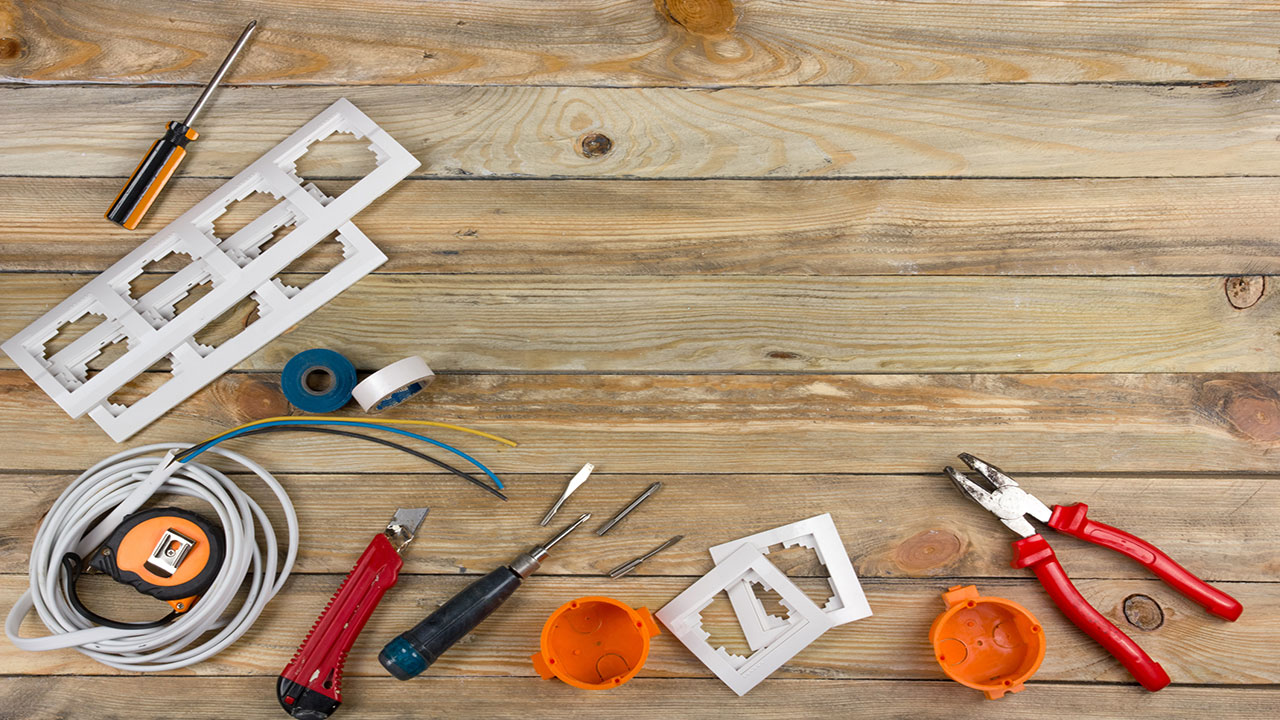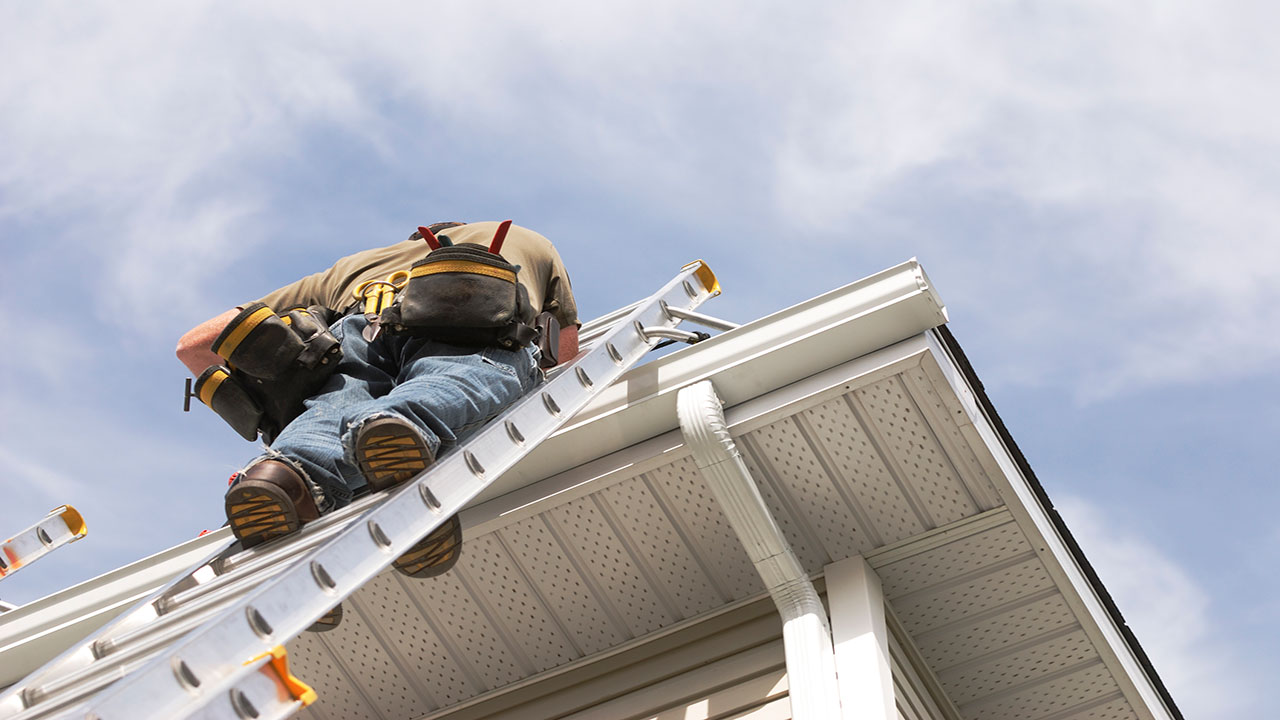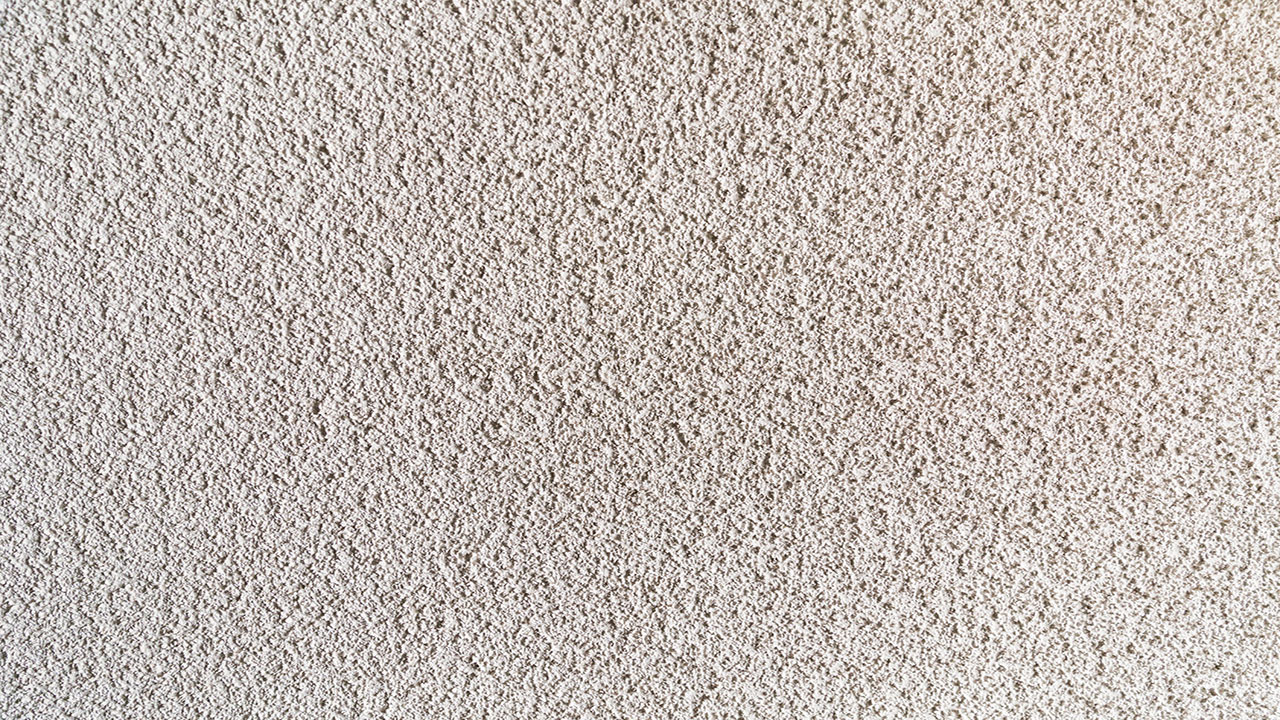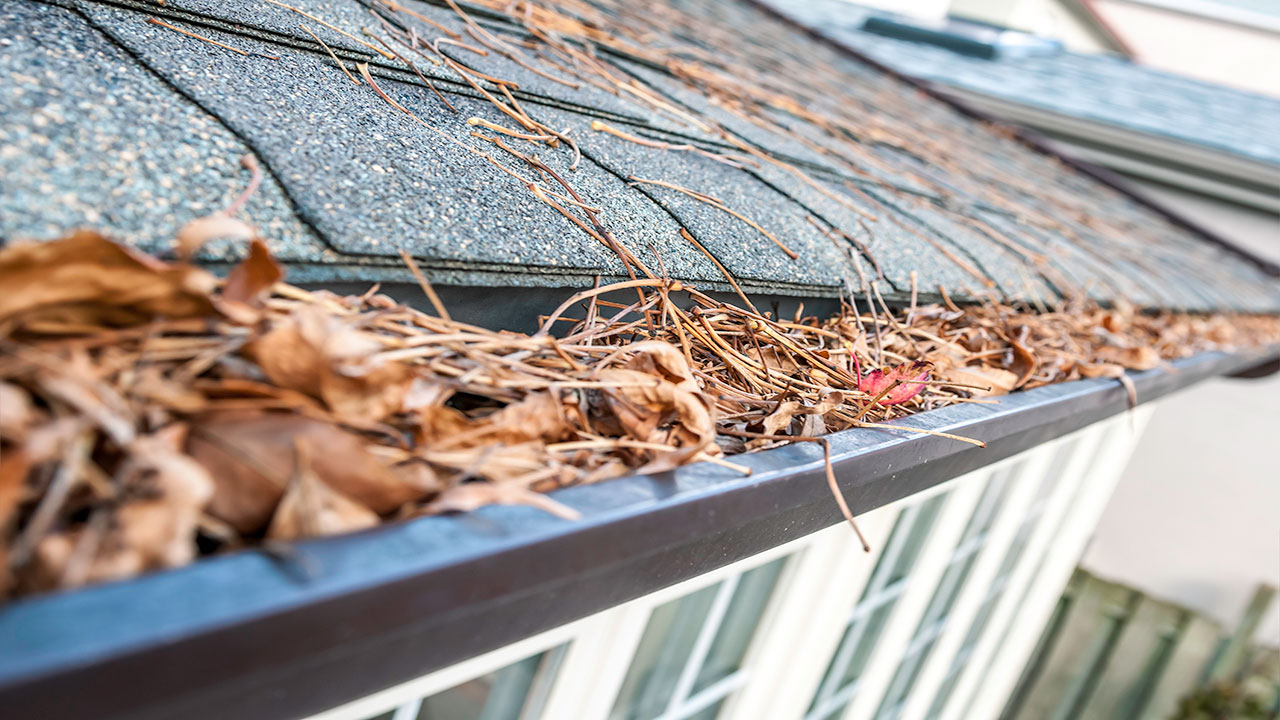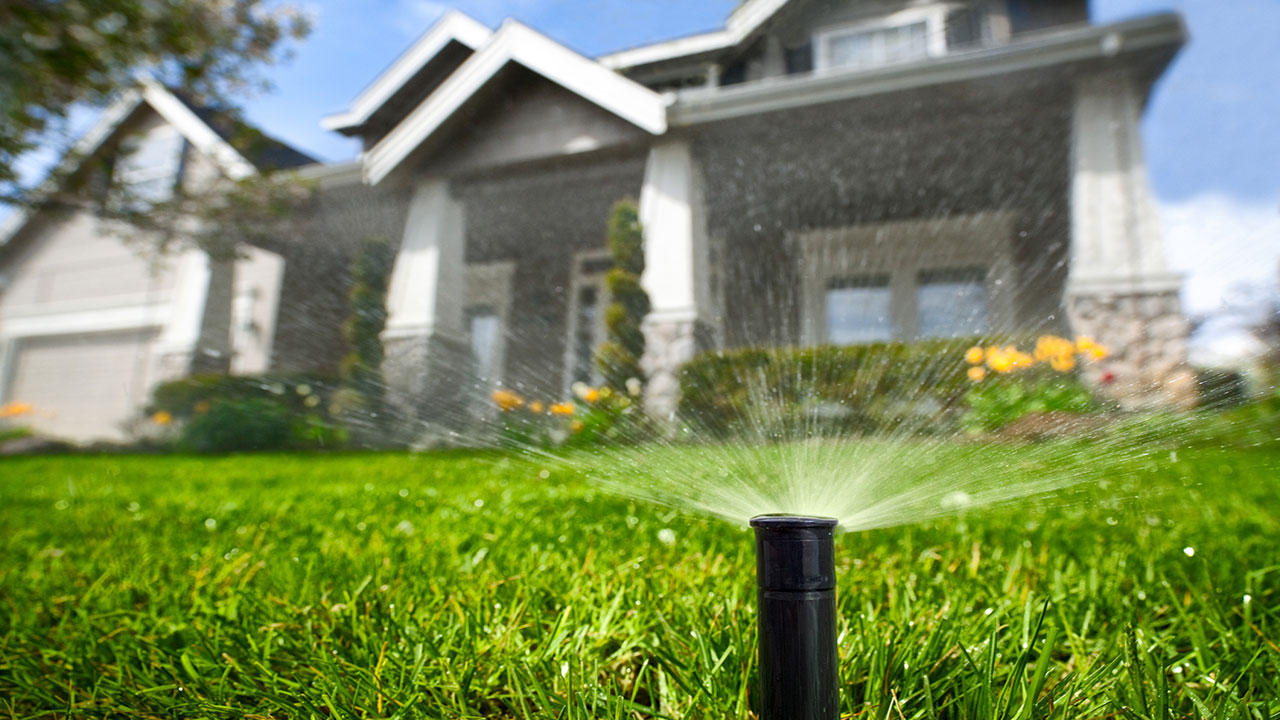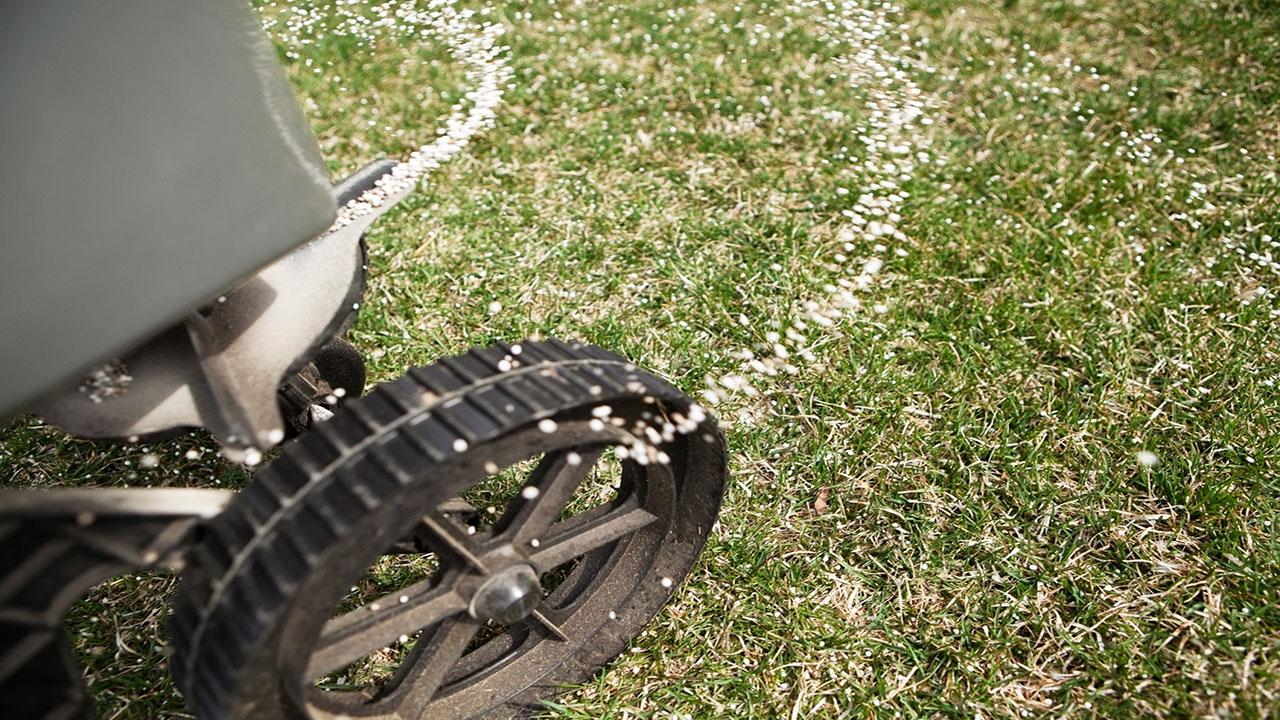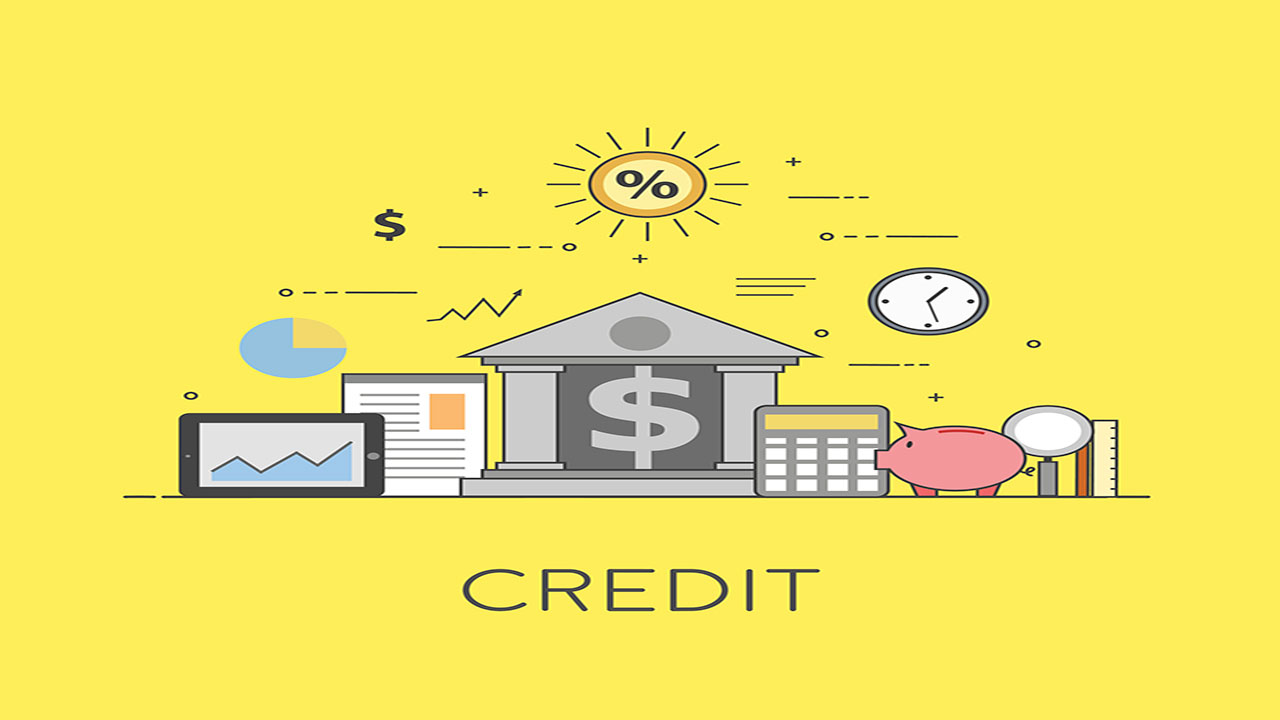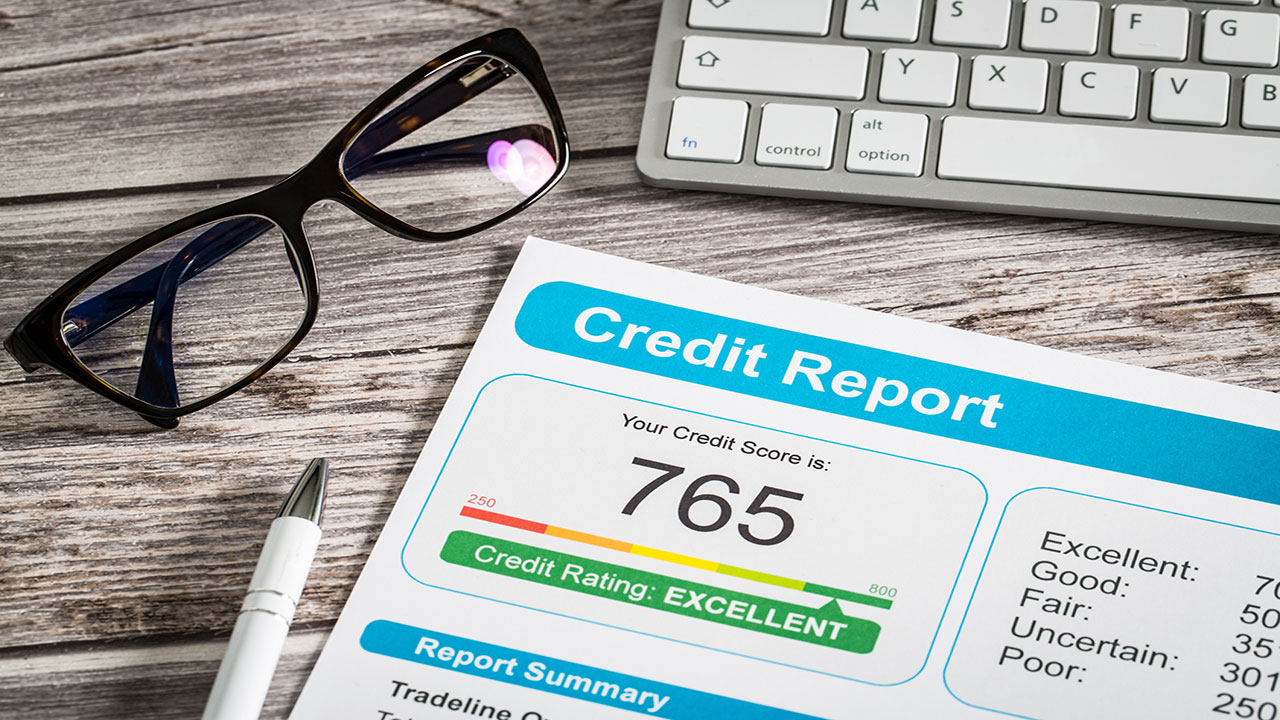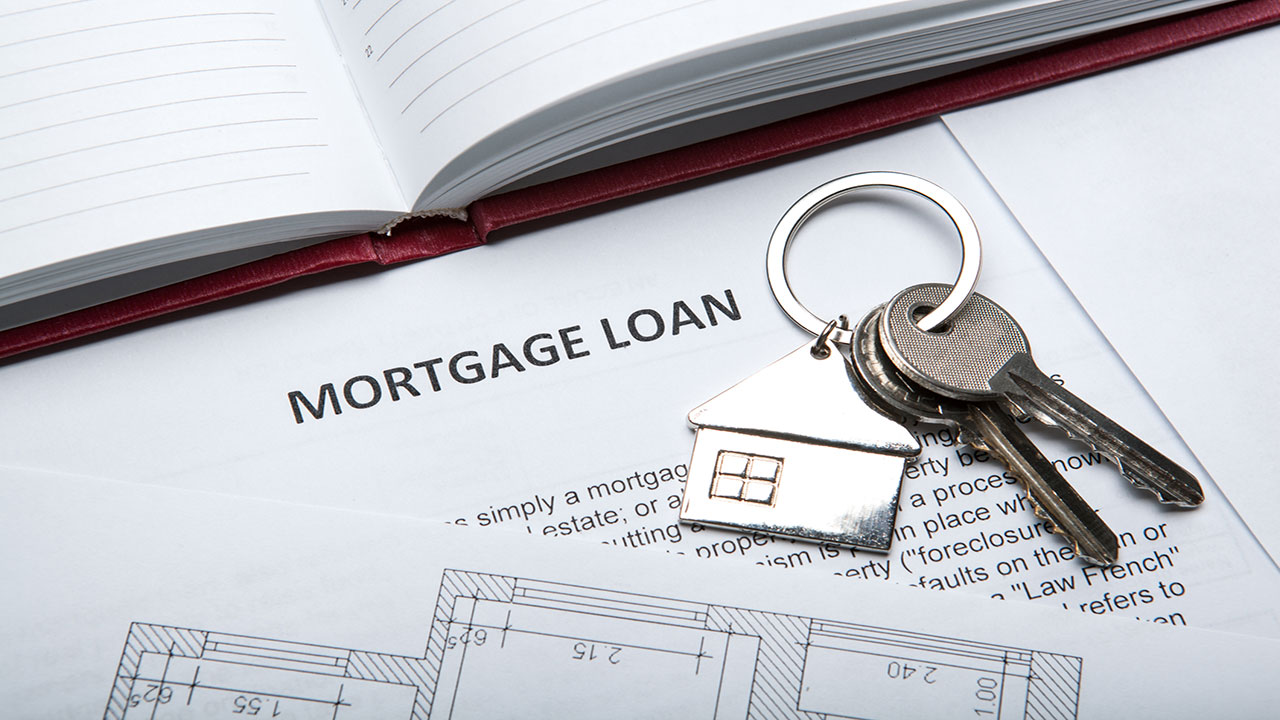8 Simple Landscaping Ideas to Minimize Yard Maintenance

A good landscaping job can exponentially increase the aesthetic factor of a home and boost its curb appeal. Imagine the same home without any landscaping versus a front yard that is decked out in lush green grass, bushes, trees, flower patches, and walkways. Landscaping can definitely increase the value of a home by tens of thousands of dollars.
But all that landscaping requires work to maintain. If you neglect your yard for a little while, you’ll see the negative effects shortly after.
The good news is, you don’t have to be a slave to your yard to keep it looking clean and crisp. Here are a few landscaping ideas that can minimize the amount of time and effort needed to keep your yard in spiffy condition.
1. Replace Small Patches of Grass With Riverstone

If you want to keep your grass-cutting to a minimum, consider replacing small patches of grass with riverstone or other decorative rocks. This is especially helpful in areas where the grass is intertwined with flower patches and bushes.
It can be a real pain to have to take a weed wacker to cut these little grassy areas which would otherwise attract weeds, so you might want to consider getting rid of the grass altogether in favor of decorative stone. Plus, they can serve as aesthetic elements and actually add to the visual appeal of your yard.
2. Add Mow-Resistant Tall Grass
Instead of traditional grass (which needs to be cut on a regular basis), you can opt for tall grass species which will never need to be mowed. If completely obliterating grass altogether is not your thing, consider tall grass species that are native to California to minimize the amount of attention that you need to give them. All you’ll really ever need to do is trim them in the fall if they need some pruning, and they’ll do the rest by prettying up your garden.
3. Add Walkways to Minimize Grass Cutting
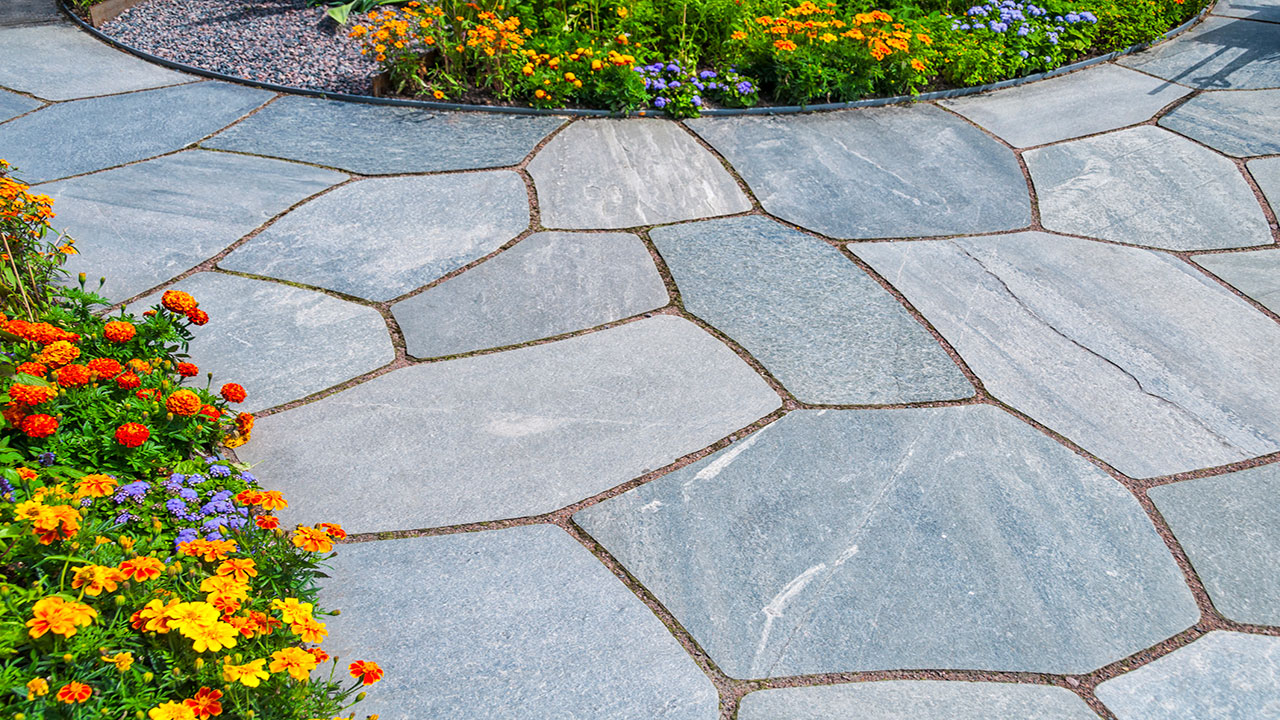
Walkways are wonderful decorative elements that you can add to your yard to create visual interest while providing a comfortable platform to walk on. Plus, laying pavers can create areas that require very little maintenance, and they come in a variety of types to choose from to compliment your home’s architecture and style.
4. Add Color Without Flowers
Flower beds are fabulous for adding pops of color throughout your garden and landscaping, but they can be a bit of a nuisance when it comes to keeping them hydrated. Flowers tend to need watering on a regular basis, which can definitely be time-consuming.
But in place of flowers, you can infuse some color into your outdoor space with objects that require no maintenance at all, such as pots, planters, tables, chairs, bird baths, and fountains, to name a few. There are literally hundreds of items that you can incorporate into your landscaping that can add color without having to devote time to tend to them.
5. Prevent Weeds From Growing Between Pavers
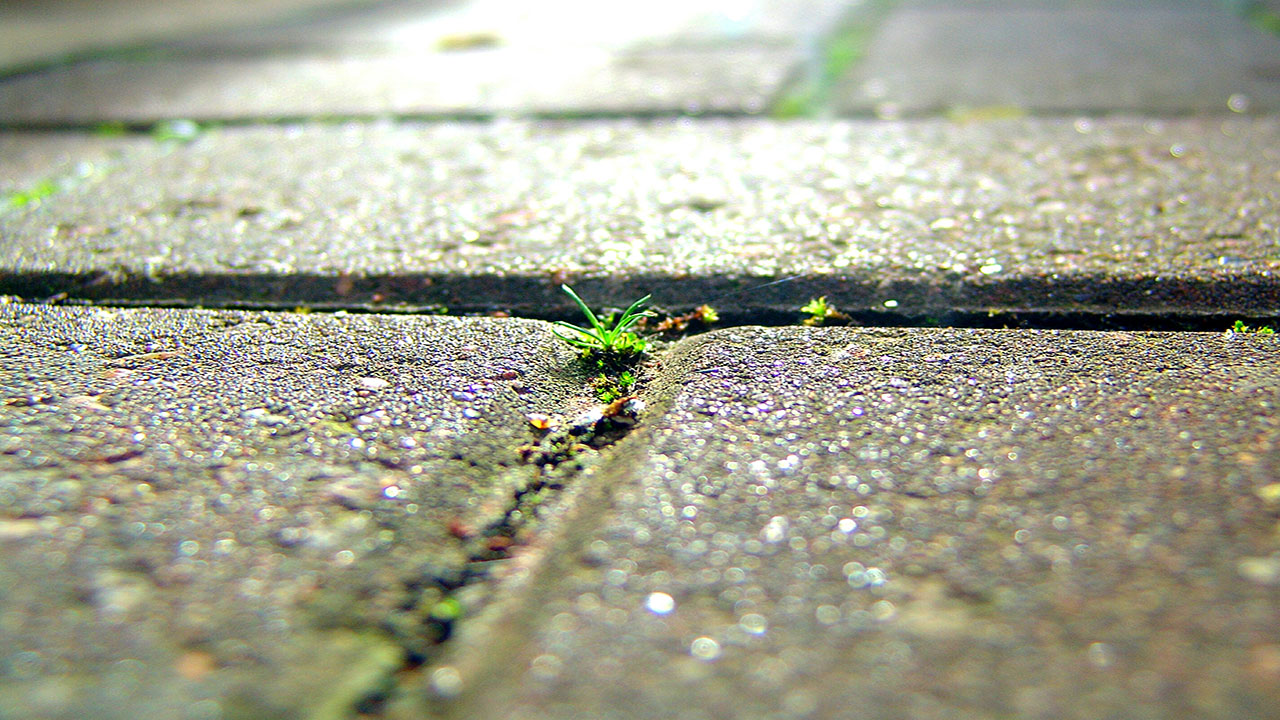
If you decide to lay pavers or interlocking stone throughout your outdoor space, you’ll want to take measures to prevent weeds from growing between the stones. It can be incredibly frustrating to see those little green heads popping up between the stones, and it can take a lot of manual labor and time to slough those buggers out.
The best way to deal with this issue is to prevent it from happening at all, and a great way to do that is to apply polymeric sand, which prevents weed growth between patio stones. It can even stop bugs from dwelling between the stones and eventually make their way into your home.
6. Consider Fake Grass
Some people might cringe at the thought of laying fake grass in place of the real thing, but it’s definitely a way to dramatically cut down on lawn maintenance. The great thing is that fake grass is so authentic looking that most people probably wouldn’t notice a difference unless they closely inspect it. The turf of today is much more like the real deal compared to the turf of yesteryear.
If you’re comfortable with parting with real grass in favor of something man-made, fake grass can help you scratch off mowing, fertilizing, and watering off your list of to-dos.
7. Use Mulch Around Garden Beds
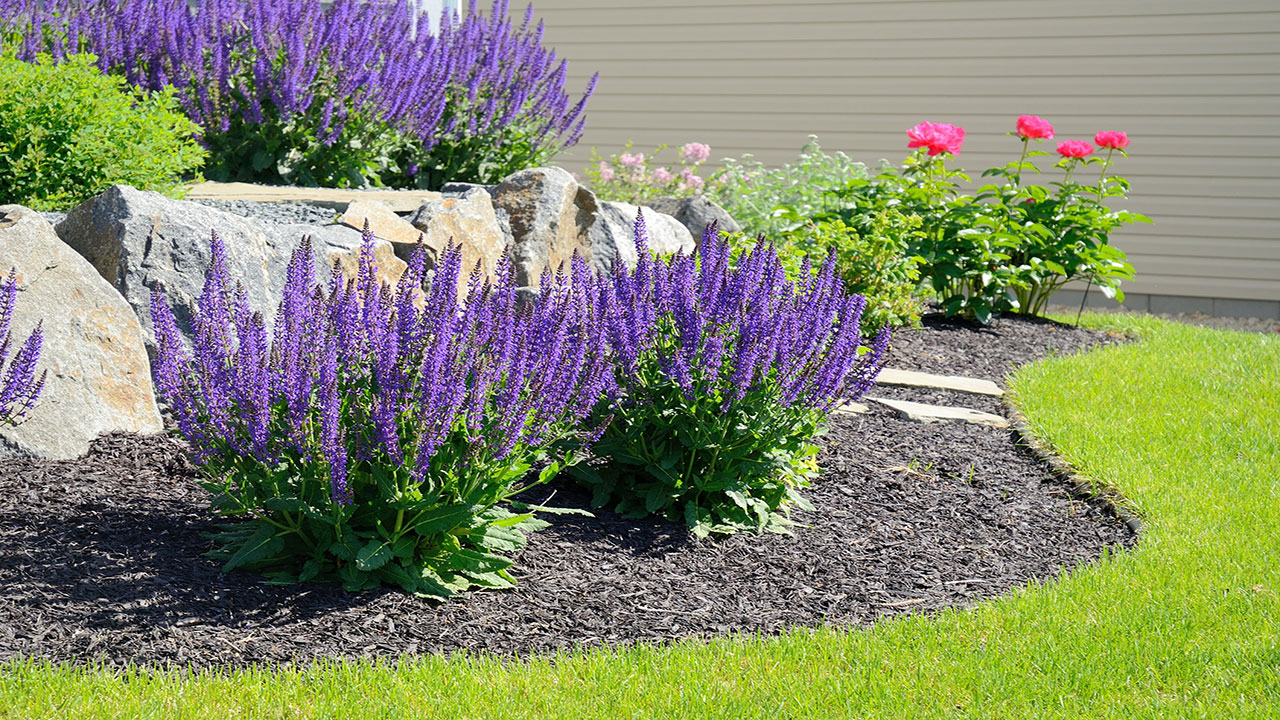
Bark mulch is one of the best things you can add to your landscaping to create a clean look without the maintenance. Mulch is a great alternative to grass and barely requires any attention at all. It’s also inexpensive and can even prevent weeds from growing.
8. Plant Perennials
If you’re looking for low-maintenance plants, consider perennials. Once you plant them, you’ll be able to enjoy their beautiful colors and scents without the maintenance that other flowers and plants need. They’re easy to care for and drought-resistant, making them the perfect plants for the California climate.
The Bottom Line
There’s no reason why you can’t have an amazing yard without the need to spend all your free time tending to it. If you incorporate the right elements, you can create a gorgeous outdoor space that you can enjoy year-round without dedicating much time to caring for it.








